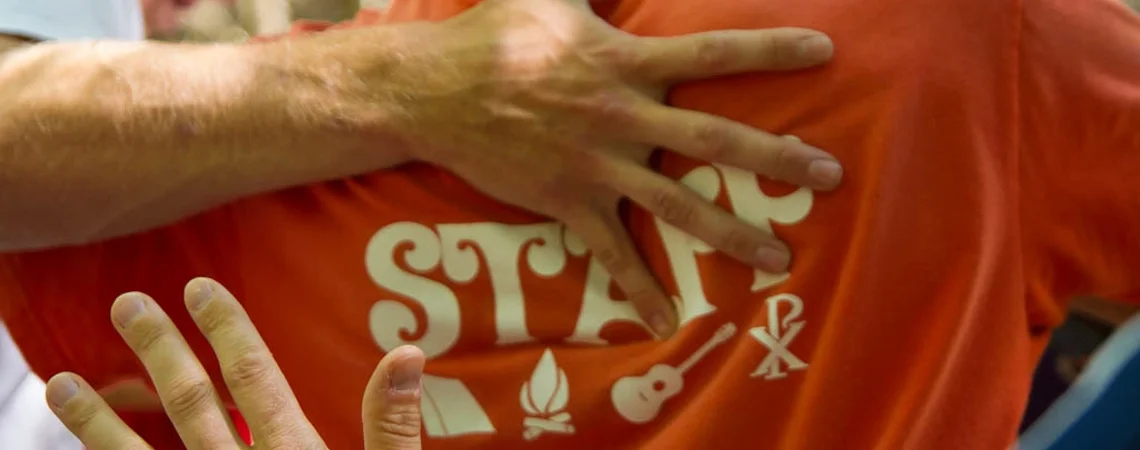There are several ways to think about camp, and most of them are exciting. The lure of the wild, becoming one with nature, participating in fun activities, making new friends and becoming a part of a close-knit community are usually what come to mind. But for camp directors, administrators, and staff (not to mention parents) with great adventure comes a little risk. That’s why making smart decisions about your camp programs is important, along with implementing the right policies and measures to ensure that health and safety regulations are met. But the most essential tool is common sense, and getting the right info out to your campers and their family in an accessible, friendly way.
Optimizing the Use of Technology
While most camps gear themselves away from technology (with the exception of technical or arts related ones, of course) that doesn’t mean that you can’t use it to your advantage. Brochures, pamphlets, and catalogues are still great ways to advertize and inform potential campers, but most people consult the internet to find out the core information they need. Businesses have learned to merge different mediums and work them together rather than in contrast, and putting QR codes on paper sources is one great way to do this. Don Cooper recommends giving extra incentives to scan codes such as getting to play games, watch videos, and other freebies. Although most people actively seek out campsites out of their own interest and will most likely look on a website for more info anyway, advertising goes a long way.
Hand in hand with QR codes are smartphones, and not only does this mean providing a site which is compatible with smartphones and tablets but offering an app is a great way to go the extra mile as well. These apps should provide basic information about your campsite such as location, major activities or main purpose of the campsite, facilities, and tips and tricks for weather and any other useful guides. Even better, you can promote your site by getting on a top camping app (there are loads of them available on the market) as well as featured in online articles and other mediums. This will generate traffic towards your main site, and added pressure to make sure that you satisfy your viewers. Don’t convolute it with tons of info, but try to cover in simple terms everything that prospective campers and their families need to know.
Social Media and Blogging
Many sites will have tips and tricks under their main menus, but blogs are also fantastic ways to share additional information. They can even function as equivalent testimonials when written by people who have stayed at your campsite, and share a perspective which is more personable for readers. Social media is a great way to draw attention and navigate traffic towards these posts as well as news announcements, competitions and other events on the site. “Every time someone creates a social expression, more data is generated and shared” states Scott Hebner, Social Solutions Vice President of IBM, and this is true – just having a social media account to begin with reflects an interest in the community, and shows people that it likes to stay connected provided that posts are still informative or at least relevant when making a shoutout.
Including Additional Info
Campsites that receive international visitors will be expected to cover just about every topic, not only to live up to its reputation but to give visitors reassurance and confidence in their choice. Even when not detailing every aspect of information, providing links which take viewers to the right place will help. This can cover everything from travel visas to health care, which both travel agents and advisors agree is a vital part of preparing for a trip abroad. Though many travelers will be doing their own research, discussing the potential risks associated with the campsite is a must – and this goes beyond the immediate activities. Preet Banerjee covers the ins and outs of what to look for when acquiring coverage, and while this may be seen as surplus for a camp website, adding a few details about your location can be important (for instance, different insurance policies are required for elevations above a certain height or specific activities that take a certain risk) as well letting campers know what specialists are on site (and that staff are first-aid trained). Aspiringbackpaper.com suggests taking vaccinations for visiting certain regions of North America, and taking the right precautions to avoid accident and injury, and you might want to list this too.
This won’t deter people from visiting, but rather let them know what they need to know ahead of time and communicate a certain responsibility towards visitors. They can even be made fun by interactive games and survival guides, or informative videos featuring camp staff giving advice. Provided it is concise, accurate, accessible, and with a degree of interest, the more you can give to your viewers the better. This will help you to reflect and communicate your ethos effectively as well, and help to provide a satisfactory camp experience for everyone.
~ Eve Pearce
This post was written by a Site Contributor
Occasionally CampHacker will have companies approach us asking to write for the website. If the content suits our readership we will post articles from them in exchange for a link to their website (in the article).


